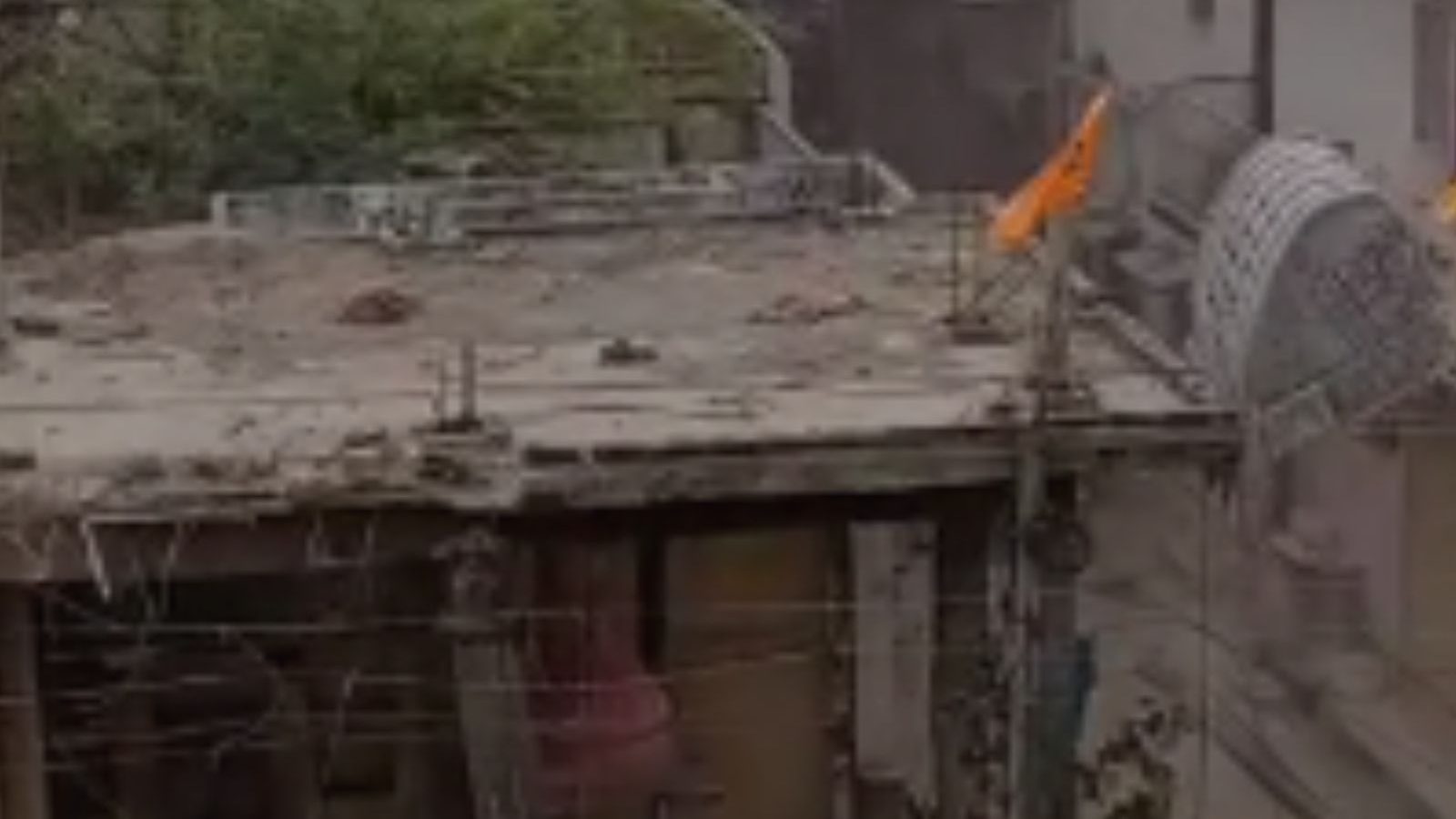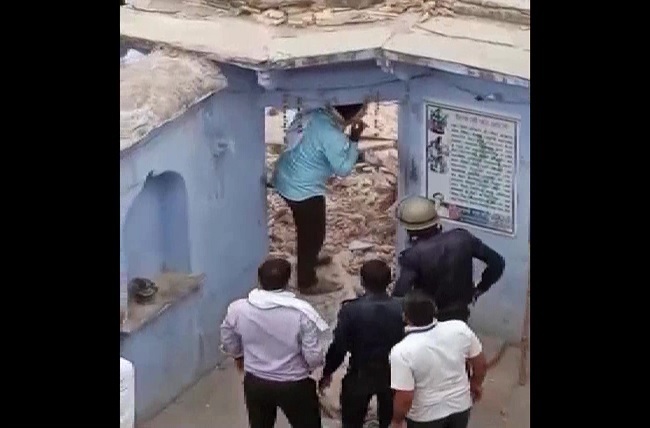At a time bulldozers allegedly targeting a section of people in states like Uttar Pradesh, Madhya Pradesh, Gujarat and Delhi are at the core of a huge political controversy, demolitions in Rajasthan have triggered tit-for-tat allegations.
A 300-year-old Shiva temple, 86 shops and homes were demolished with bulldozers in Rajasthan's Alwar district on Sunday, to clear the way for a road.
This is the first Congress-ruled state caught in the controversy over demolitions; so far, the BJP had faced allegations of fuelling communal clashes and then targeting riot-accused from one community.
According to Rajasthan's ruling Congress, it was the BJP that had promised a road called the "Gaurav Path" at the spot where the demolitions took place. Vasundhara Raje was the Chief Minister at the time.
The Congress alleges that the municipal council of Rajgarh town, which is controlled by the BJP, passed a resolution to construct the road after removing encroachments in September last year.
The Congress says the Rajgarh municipal council has 35 members, of which 34 are from the BJP.
The Congress government in Rajasthan says the BJP ordered the demolition, since Rajgarh town's municipal council is ruled entirely by the BJP, and it's an autonomous body that calls the shots in town planning issues.
"This was their (municipal council's) decision. The state government had nothing to do with it. They never asked the government for any direction and they never got any direction from us," Rajasthan Urban Development and Housing Department Minister Shanti Dhariwal said.
"In fact, when a temple is to be removed, it's to be considered carefully. But the Rajgarh municipal council never asked for directions; it is ruled entirely by the BJP, which passed a resolution for demolition," Mr Dhariwal said.
Notices were reportedly issued to the affected residents in April by the municipal council.
Two temples were part of the anti-encroachment drive, including the Shiva temple. The priests of the temple were asked to remove the idols before the demolition, according to officials.
The civic body reportedly asked for police forces and other help from the administration.
On Sunday, when the demolitions took place, the local Congress MLA Johari Lal Meena reportedly opposed it.
The Rajasthan government has sent notice to the municipal council for the anti-encroachment drive, accusing the BJP of trying to spark trouble.
The BJP, which is the state's opposition, has in turn accused the Congress of double standards. "I have constituted a five-member committee for the factual investigation of the Rajgarh (Alwar) temple case. This committee will go to the spot, prepare a factual report and submit the report to me," said Rajasthan BJP chief Satish Poonia.
The BJP says the district administration helped in the demolition drive and the state government cannot wash its hands off so easily from the entire exercise.
"Yes, the municipal council gave the directions in 2013 and it again passed a resolution, but the government and the district administration identified the encroachments, so they were careless about it. They should have been careful when they saw a temple was involved. We want a judicial enquiry into this matter," Rajasthan Deputy Leader of Opposition Rajendra Rathore said

 www.news18.com
www.news18.com







